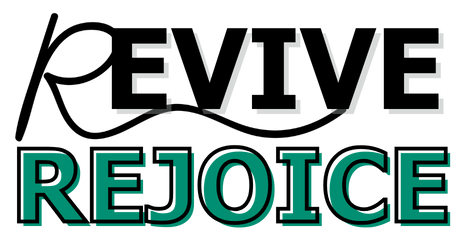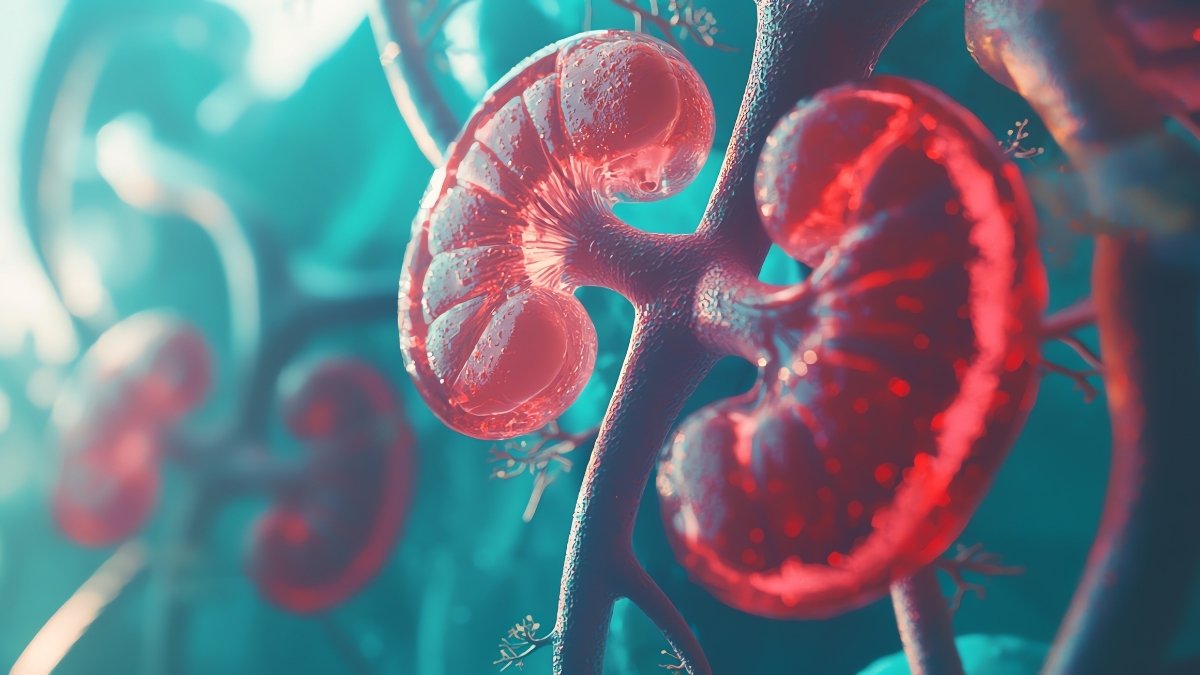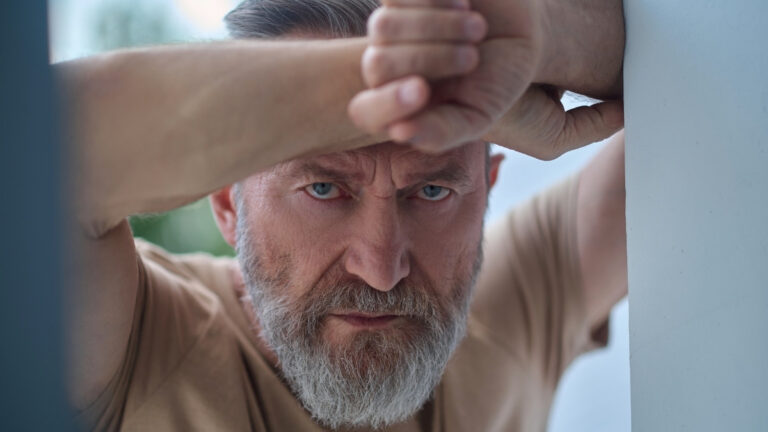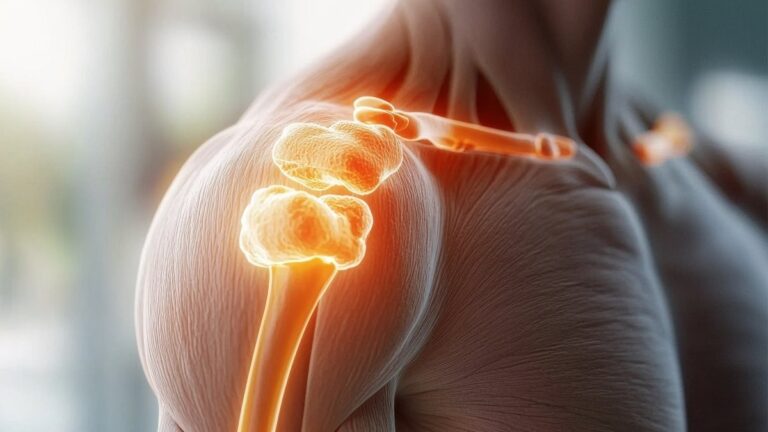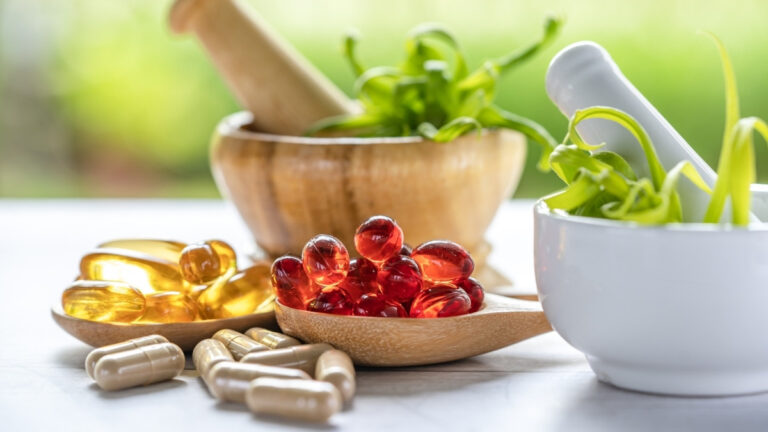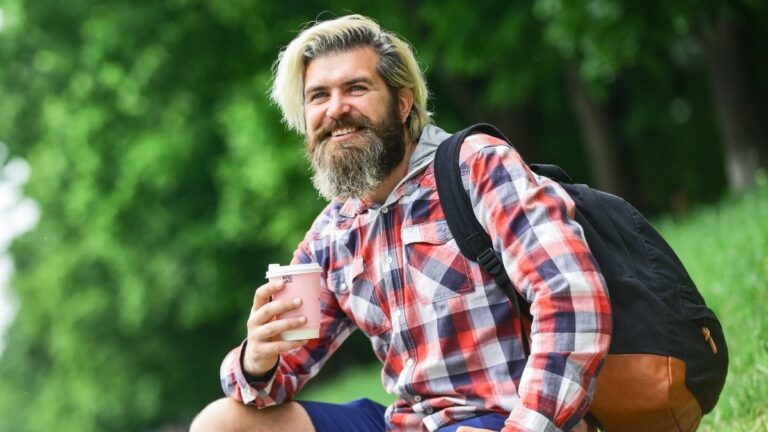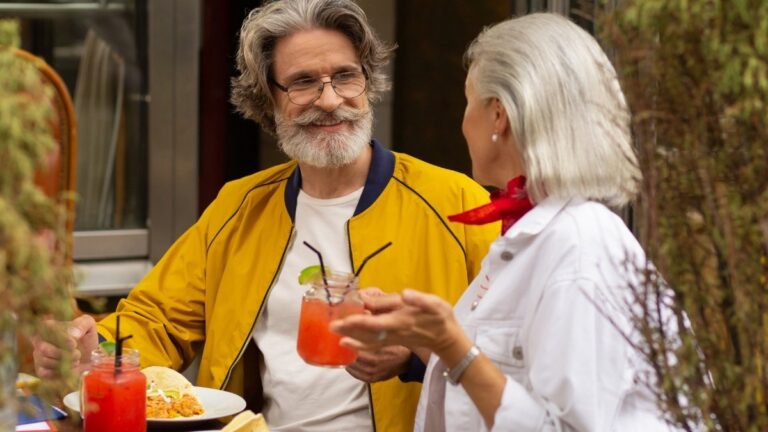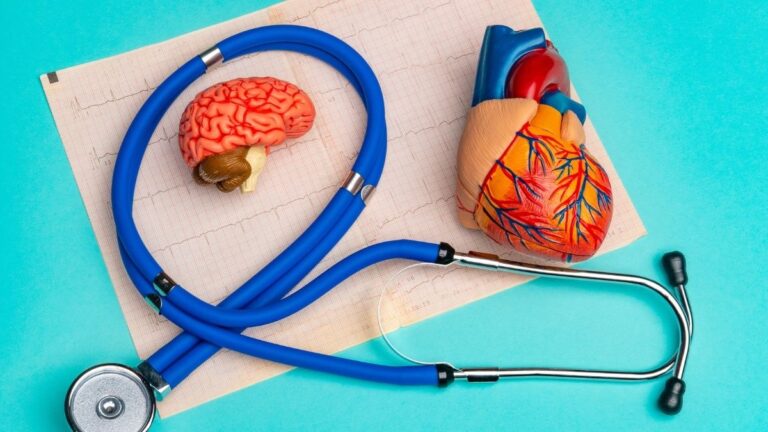The “Toxic Trio”: The Shocking Link Between Your Weight, Your Kidneys, and Your Bones That Doctors Aren’t Talking About
Your body fat isn’t just sitting there—it’s actively poisoning your kidneys and dissolving your bones. While most people worry about obesity and heart disease, they’re missing a dangerous three-way connection.
Research shows 20-30% of people share both obesity and chronic kidney disease phenotypes, with metabolically unhealthy obesity increasing CKD risk by 2.93 times.
This article reveals the biochemical chain reaction linking fat, kidneys, and bone health through uremic toxins—silent killers most doctors don’t discuss. You’ll discover 2025’s breakthrough interventions, from new medications to gut-targeted therapies, plus a 90-day action plan to break the toxic cycle before permanent damage occurs.
The Toxic Trio Cycle
Your Body Has a Hidden Problem Most Doctors Miss
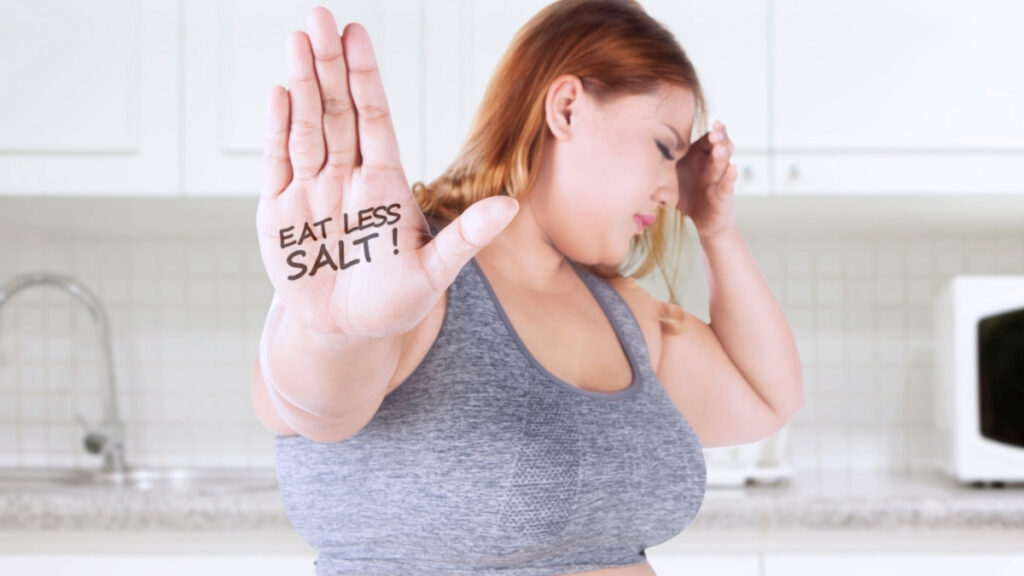
You step on the scale. The number’s higher than you’d like. Maybe you think about your heart or diabetes risk.
But here’s what you’re probably not thinking about: your kidneys are struggling right now. And when they fail, toxic waste starts building up in your blood. That waste eats away at your bones from the inside.
This is the Toxic Trio. Obesity damages your kidneys. Your damaged kidneys can’t filter out toxic chemicals. Those toxins make your bones brittle and weak.
Here’s what the numbers show:
- People with obesity have a 41% chance of getting kidney disease in their lifetime
- People at a healthy weight? Only 32.5%
- For every 1 point your BMI goes up, your kidney disease risk jumps 2%
The worst part? You won’t feel it happening. Most people have no symptoms until they’ve lost half their kidney function.
But there’s good news. New treatments in 2025 can stop this cycle. You can protect yourself starting today.
Why Fat Attacks Your Kidneys (Even If Your Blood Pressure is Normal)
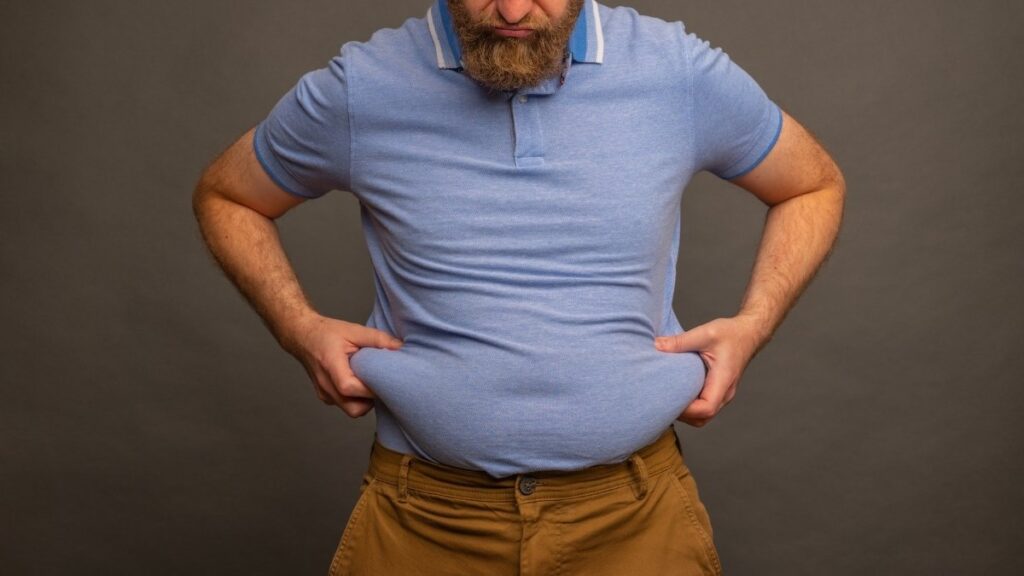
You might think: “My blood pressure is fine. My kidneys must be okay.” Wrong.
Fat does three things to your kidneys:
1. It forces them to work overtime
Your kidneys filter blood. More body mass means more blood to filter. They’re running at 120% capacity, like an engine redlining all day. This is called glomerular hyperfiltration. Eventually, they burn out.
2. It clogs them with fat deposits
Fat doesn’t just sit under your skin. It seeps into your kidney tissue. Think of a coffee filter clogged with grease. That’s what’s happening inside you.
3. It floods your body with inflammatory chemicals
Visceral fat (the fat around your organs) acts like a toxic factory. It pumps out chemicals called adipokines – leptin and resistin. These damage the tiny filters in your kidneys, causing scar tissue to form.
Real example: A 42-year-old man with a BMI of 33 felt perfectly fine. Normal blood pressure. No symptoms. His doctor ran a routine kidney test.
Result? Stage 3 kidney disease. He’d lost 50% of his kidney function without knowing it.
This happens to thousands of people every year.
The Poison Your Failing Kidneys Leave Behind
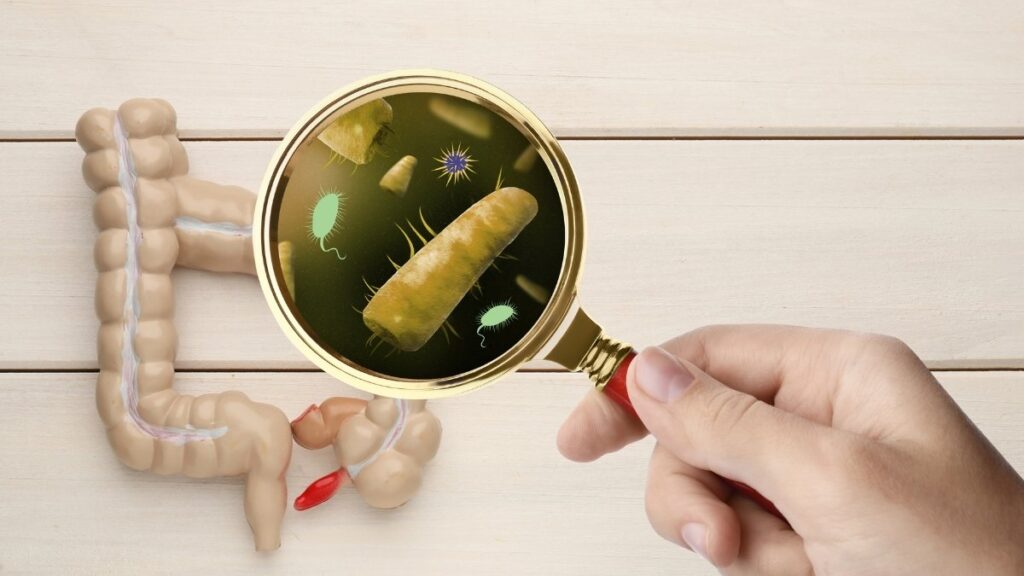
When your kidneys start failing, they can’t remove waste anymore. Two specific toxins build up in your blood:
- Indoxyl sulfate (IS)
- P-cresyl sulfate (PCS)
Where do they come from? Your gut bacteria make them when you digest protein.
Healthy kidneys flush them out. Damaged kidneys don’t.
Here’s what these toxins do to your bones:
They shut down the cells that build new bone. At the same time, they don’t let the cells that break down old bone work properly either. Your bones can’t repair themselves.
They also trigger something called mesenchymal stem cell senescence. In plain English: they age your bone-making cells faster. Your body loses the ability to heal bone damage.
The result? Your bones become weak and brittle. But here’s the cruel part: your bone density scan might look normal. These toxins change how your bones are built on the inside – the material quality, not just the density.
The numbers are scary:
- CKD patients break bones far more often than healthy people
- The fractures happen even when bone scans look “okay”
- This is different from regular age-related bone loss
And it gets worse. The calcium from your weakening bones doesn’t just disappear. It moves into your arteries. Your bones become weaker while your arteries become stiffer.
Why This Gets Worse Every Day You Wait
The Toxic Loop!
Why waiting makes it get worse…
Obesity
Kidney Damage
Uremic Toxins Build Up
Bones Weaken & Inflammation
Metabolism Gets Worse
MORE OBESITY
The Toxic Trio creates a loop you can’t escape without help:
Obesity → Kidney damage → Uremic toxins build up → Bones weaken & inflammation spreads → Your metabolism gets worse → More obesity
Each turn of the cycle makes the next turn faster.
Your gut makes it worse
Kidney disease changes your gut bacteria. The protective barrier in your intestines breaks down. Bad bacteria take over. These bacteria produce more of the chemicals that turn into uremic toxins.
Studies show people with kidney disease have completely different gut bacteria than healthy people. Less diversity. More of the harmful types.
Your metabolism spirals
As this cycle continues:
- Your insulin resistance gets worse
- Your blood pressure climbs
- Your heart disease risk multiplies
- You gain more weight more easily
Right now, 20-30% of people have both obesity and chronic kidney disease. Most don’t know it.
The question is: are you one of them?
The 4 New Treatments That Actually Work
Medical science caught up in 2024-2025. We now have four tools that can break the Toxic Trio cycle.
Treatment 1: Weight Loss Medications (GLP-1 Receptor Agonists)
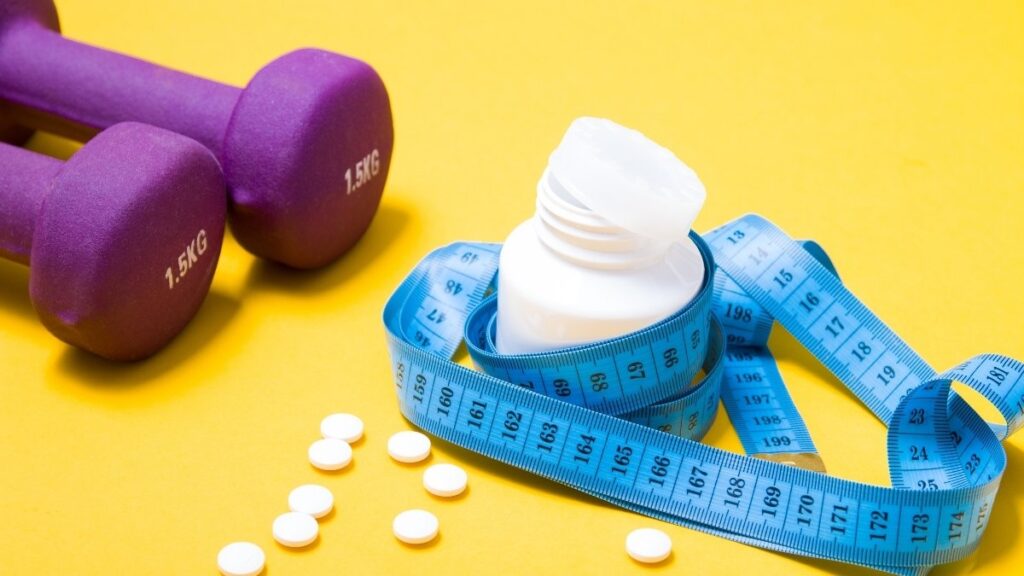
You’ve heard about Ozempic and Wegovy. The generic name is semaglutide. There’s also tirzepatide (Mounjaro, Zepbound).
These don’t just help you lose weight. They protect your kidneys directly.
What the research shows:
- People lose 9.6% to 14.9% of their body weight
- The FLOW trial (2024) proved these drugs protect kidneys in diabetic patients with kidney disease
- They reduce protein in urine (a sign of kidney damage)
- They slow down how fast your kidney function declines
When to consider: If your BMI is 30 or higher. Or if it’s 27 or higher and you have complications like diabetes or high blood pressure.
Treatment 2: SGLT2 Inhibitors
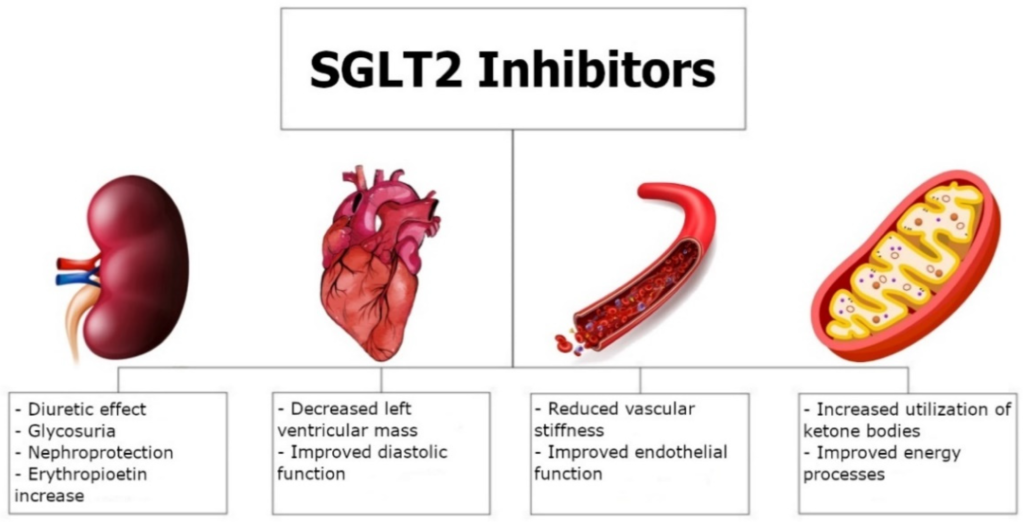
These are diabetes drugs that turned out to protect kidneys. Names: empagliflozin, dapagliflozin, canagliflozin.
They work by making your kidneys filter less aggressively. Remember that “redlining engine” problem? These drugs turn down the RPMs.
What they do:
- Reduce the pressure inside your kidney filters
- Lower your risk of heart failure
- Work even if you don’t have diabetes
When to consider: If you have kidney disease stages 2-4, with or without diabetes.
Treatment 3: The Power Combo
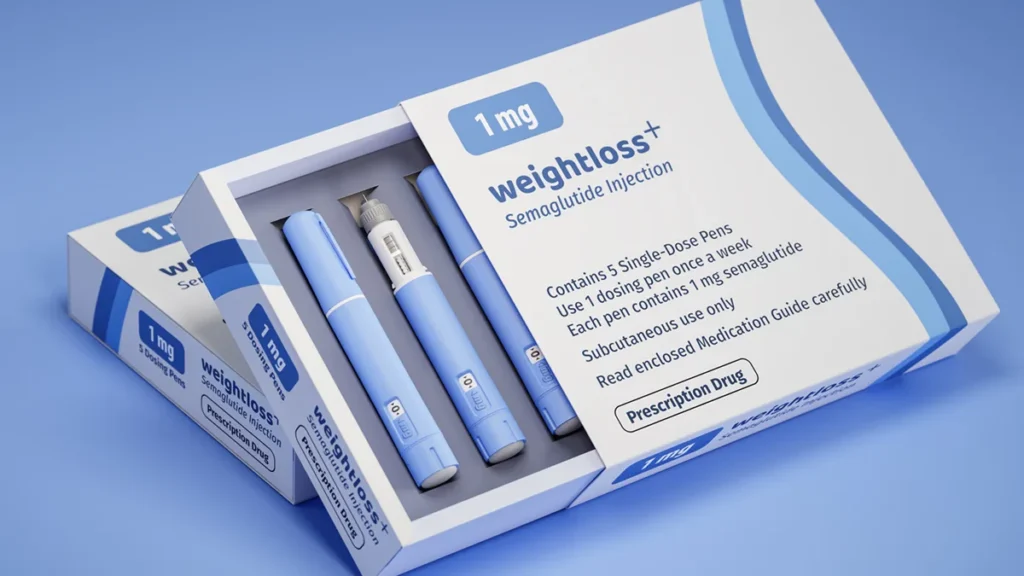
Using a GLP-1 drug plus an SGLT2 inhibitor together gives you massive protection for both your heart and kidneys.
A 2025 study showed this combination dramatically lowers your risk of dying from heart or kidney problems. It doesn’t matter which drug you start first – both orders work.
When to consider: If you’re at high cardiovascular risk or you still have protein in your urine despite other treatments.
Treatment 4: Fix Your Gut Bacteria

Symbiotic combine probiotics (good bacteria) with prebiotics (food for those bacteria). They’re the most effective option for reducing uremic toxins.
What the research shows:
- They lower indoxyl sulfate and p-cresyl sulfate levels
- Eating more plant-based foods lowers uremic toxins
- This works at any stage of kidney disease
When to consider: Everyone with kidney disease should do this. It works alongside the other treatments.
What to Eat to Protect Your Kidneys and Bones
Food is medicine. But you need to know which foods help and which foods hurt.
Eat more of these:
Prebiotic foods – These feed your good gut bacteria
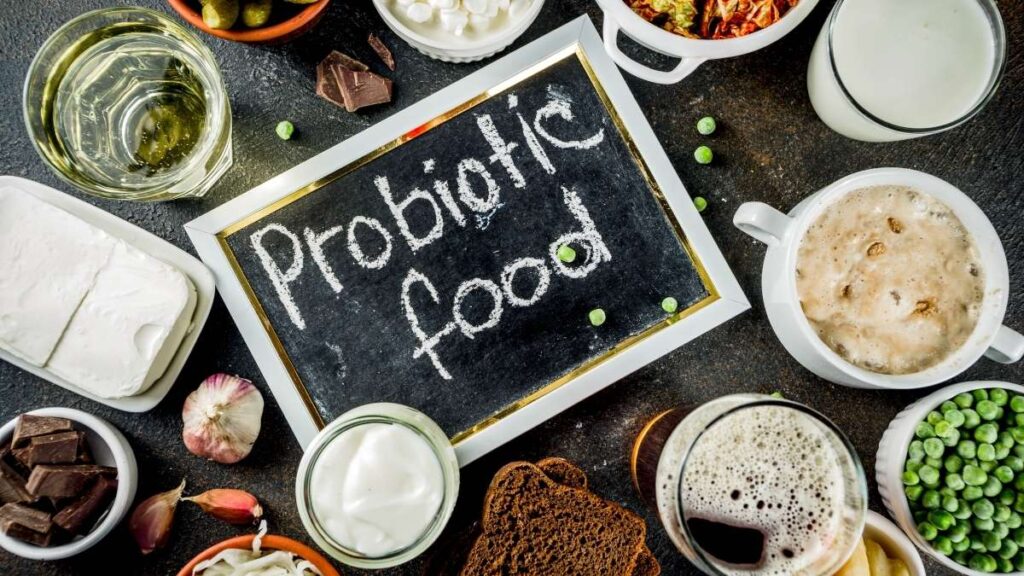
- Garlic, onions, leeks
- Asparagus
- Bananas
- Oats
Plant proteins – Lower uremic toxin production
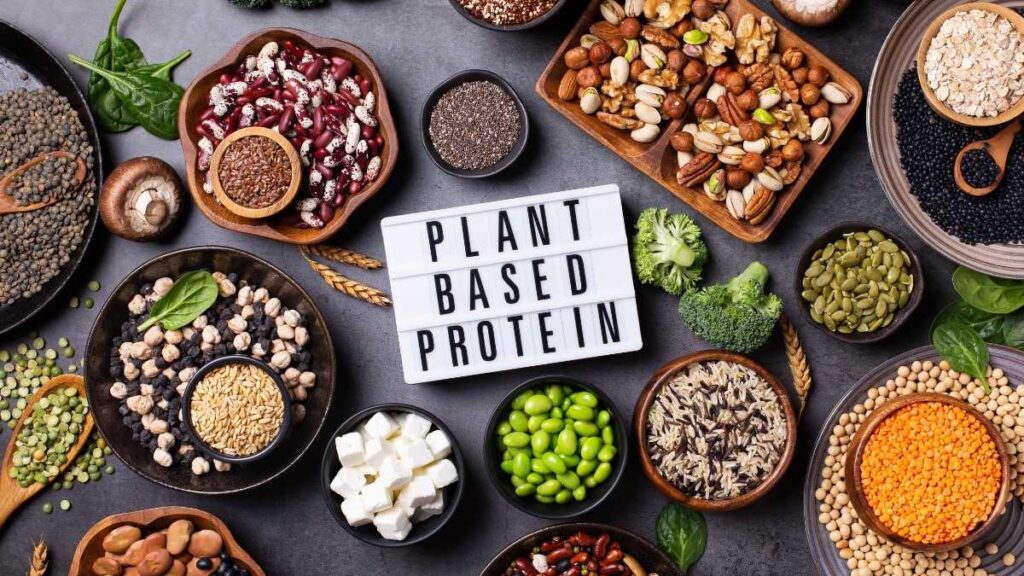
- Legumes (beans, lentils, chickpeas)
- Quinoa
- Tempeh
- Hemp seeds
High-fiber foods – Aim for 25-35 grams per day
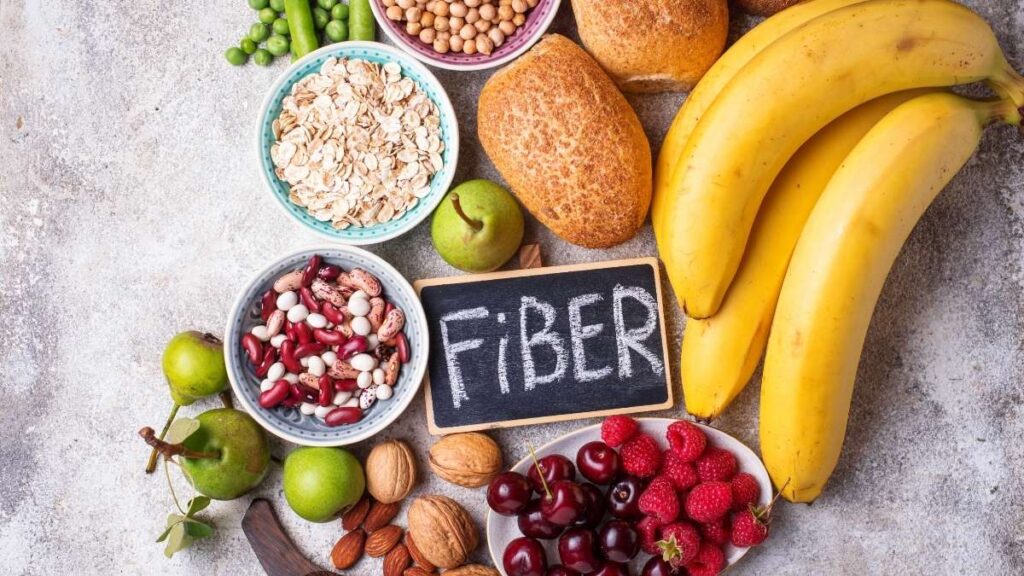
- Whole grains
- Vegetables
- Berries
Bone-supporting foods (without too much phosphorus)
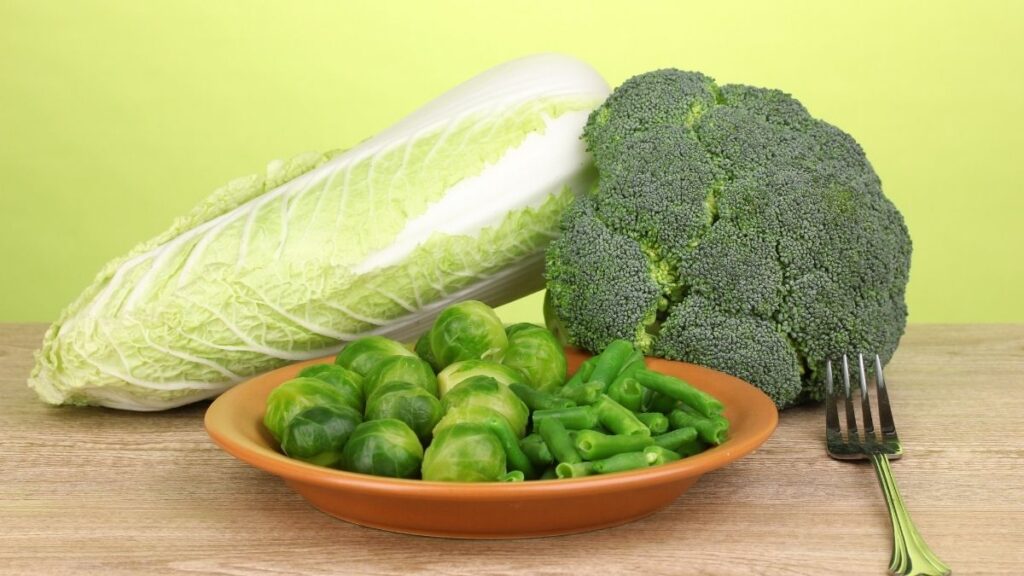
- Bok choy, collard greens (for calcium)
- Vitamin D fortified foods
- Pumpkin seeds and almonds (for magnesium)
Eat less of these:
Large servings of animal protein
- Keep portions to 3-4 ounces per meal
- Animal protein breaks down into tryptophan, which becomes indole, which becomes indoxyl sulfate
- That’s the toxin destroying your bones
Ultra-processed foods
- They contain hidden phosphate additives that harm bones
- They increase inflammation
Too much salt
- Stresses your kidneys
- Raises blood pressure
- Target: under 2,300mg per day (ideally under 2,000mg)
One simple change that helps: Eat more plant foods earlier in the day. Eat smaller, more frequent meals. This reduces the workload on your kidneys.
Your 90-Day Plan to Stop the Damage
Your 90-Day Plan
A 3-Step Plan to Stop the Damage
Days 1-30: Get Your Baseline
Tests You Need:
- eGFR blood test (kidney function)
- Urine albumin-to-creatinine ratio (protein)
- Bone density scan (if at risk)
Changes to Make:
- Measure waist (Risk: 40″+ men, 35″+ women)
- Lose 5-7% of your body weight
- Add 10g fiber daily (gradually!)
- Walk 20 minutes every day
Days 31-60: Accelerate
Food Changes:
- Make 70% of your meals plant-based
- Add one probiotic food daily (kefir, kimchi)
- Keep animal protein to 15% of calories or less
Exercise Upgrades:
- Work up to 150 min/week of moderate exercise
- Add strength training 2x per week
Talk to Your Doctor About:
- GLP-1 meds (if BMI is 30+)
- SGLT2 inhibitors (if kidney function is declining)
Days 61-90: Monitor & Maintain
Check Your Progress (Retest!):
- eGFR and urine protein
- Weight and waist measurement
- Blood pressure and blood sugar
Fine-Tune & Lock In Habits:
- Adjust diet based on lab results
- Increase exercise if you can handle it
Success Looks Like:
- 5-10% weight loss achieved
- Stable or improved kidney function
- Less protein in your urine
You can’t fix this overnight. But you can fix it in 90 days.
Days 1-30: Get Your Baseline
First, find out where you stand:
Tests you need:
- eGFR blood test (measures kidney function)
- Urine albumin-to-creatinine ratio (checks for protein in urine)
- Bone density scan (if you’re at risk)
- Measure your waist: Risk starts at 40 inches for men, 35 inches for women
Changes to make:
- Lose 5-7% of your body weight (if you weigh 150 pounds, that’s 7-10 pounds)
- This small loss dramatically lowers your diabetes, high blood pressure, and cholesterol risk
- Add 10 grams of fiber daily (do this gradually)
- Walk for 20 minutes every day
Days 31-60: Accelerate
Now you build momentum:
Food changes:
- Make 70% of your meals plant-based
- Add one probiotic food daily (kefir, kimchi, sauerkraut)
- Keep animal protein to 15% of your calories or less
Exercise upgrades:
- Work up to 150 minutes of moderate exercise per week
- Add strength training twice a week
- Do weight-bearing exercises for your bones
Talk to your doctor about:
- GLP-1 medications if your BMI is 30 or higher (or 27+ with complications)
- SGLT2 inhibitors if your kidney function is declining
- Probiotic/prebiotic supplements
Days 61-90: Monitor and Maintain
Check your progress:
Retest these:
- eGFR and urine protein
- Weight and waist measurement
- Blood pressure and blood sugar
Fine-tune based on results:
- Adjust your diet if labs show problems
- Increase exercise if you can handle it
- Lock in habits for the long term
Success looks like:
- 5-10% weight loss achieved
- Stable or improved kidney function
- Less protein in urine (or same amount)
- Better bone density markers
Warning Signs: When to Call Your Doctor Now

Some symptoms mean you need help immediately.
Kidney warning signs:
- Nausea, vomiting, loss of appetite
- Your feet and ankles swell up
- You pee much more or much less than normal
- You feel exhausted and can’t think clearly
- Your urine looks foamy or dark
Bone warning signs:
- Bone pain you can’t explain (especially back and hips)
- You’ve lost more than 1 inch in height
- You break bones from minor falls or bumps
- Severe muscle cramps
Metabolic warning signs:
- You’re always thirsty no matter how much you drink
- You gain or lose more than 10 pounds in a month without trying
- Your blood pressure stays above 140/90
- Your fasting blood sugar is over 100
Don’t wait for symptoms
Early kidney disease has almost no symptoms. You can lose half your kidney function and feel perfectly fine.
Get screened annually if your BMI is 30 or higher. Get checked more often if kidney disease runs in your family.
What You Should Do Today
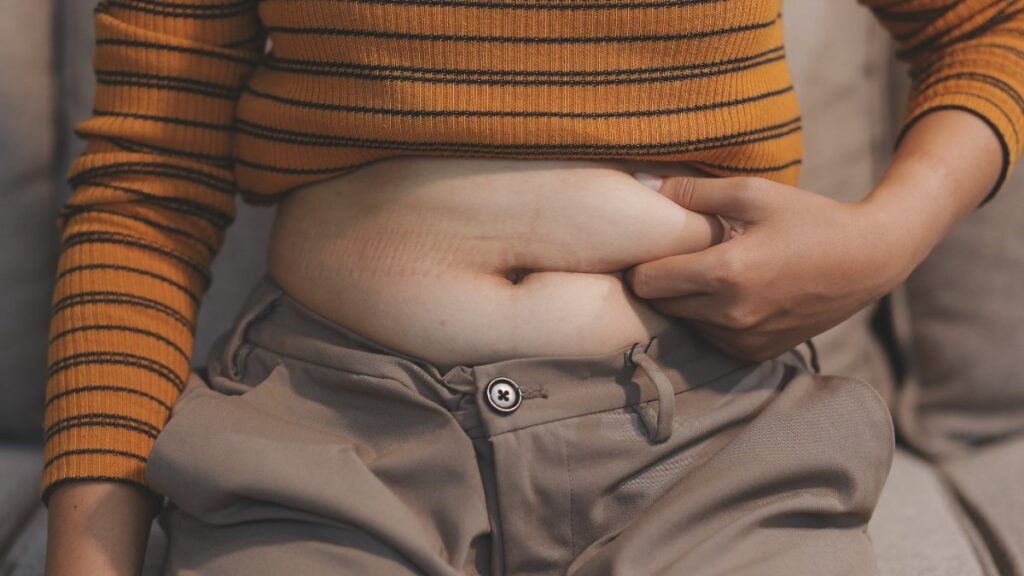
The Toxic Trio isn’t a death sentence. But it is a warning.
Obesity damages your kidneys. Your damaged kidneys flood your blood with uremic toxins. Those toxins destroy your bones and make your whole metabolism worse.
The cycle feeds itself. Each turn makes the next turn faster.
But you have options now. GLP-1 medications. SGLT2 inhibitors. Gut-healing synbiotics. A plant-focused diet. Even losing just 5-10% of your weight makes a huge difference.
Here’s what to do right now:
- Call your doctor. Get your kidney function tested.
- Measure your waist. If it’s over 40 inches (men) or 35 inches (women), you’re at risk.
- Start the anti-toxic trio diet today. Add more plants. Cut back on animal protein.
- Ask your doctor about the new medications. Show them this article.
Your kidneys are working hard right now. They’re filtering toxins. They’re keeping you alive.
But they can’t do it alone if you’re carrying extra weight. They need your help.
The good news? You can give them that help. Starting right now.
Your kidneys and bones will thank you.

